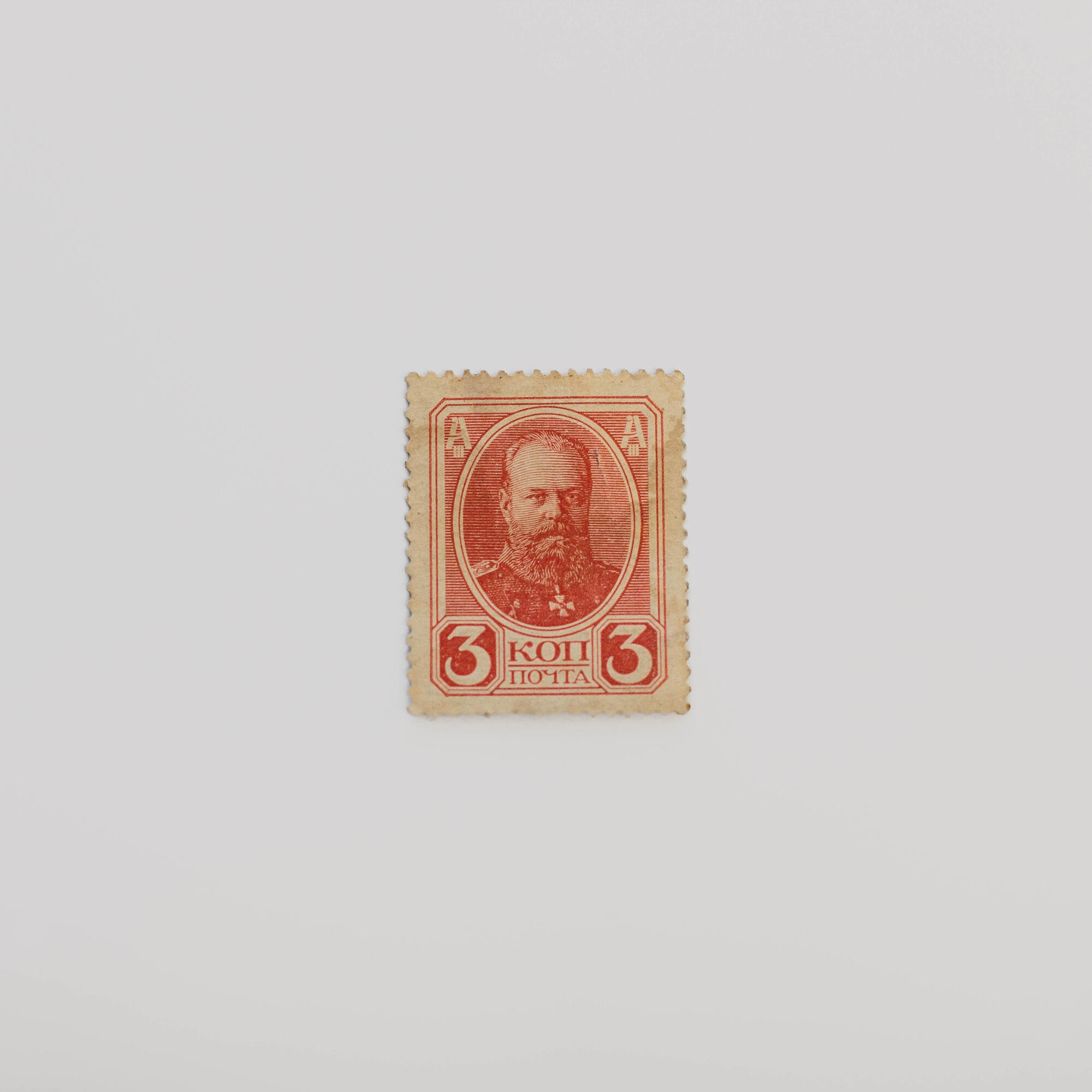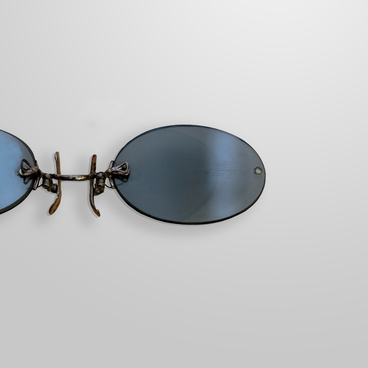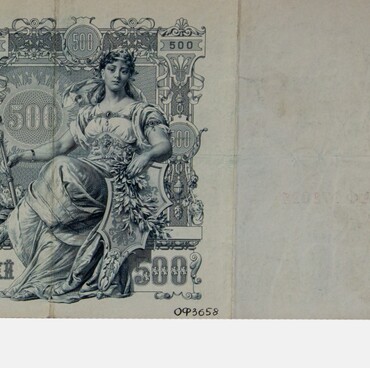Due to the unstable situation in the country, the population began to save money for a rainy day. Citizens of the Russian Empire had stashes with gold, silver, and, of course, copper coins of a small denomination. To solve this problem, in 1915, a change stamp was put into circulation as a temporary measure. This project was created by Pyotr Lvovich Bark who was the Minister of Finance of the Russian Empire. When approving the draft to the Governing Senate, the following was stated as justification: “In view of the inconvenience caused to the population by the increasing shortage of silver and copper coins and the impossibility for the mint to immediately produce them in sufficient numbers, I am ordering the issue of postage stamps of the jubilee model for the tercentenary of House Romanov instead of coins in denominations of 1, 2, 3, 10, 15 and 20 kopecks with the inscription on the back ‘Has a circulation on a par with a silver/or copper coin’.”
The shortage of small change came as a consequence of the ongoing First World War. The first money stamps came into circulation in denominations of 10, 15 and 20 kopecks. In 1916, stamps with denominations of 1, 2 and 3 kopecks were added. The money stamps were perforated, had no glue on the back and were printed in a typography. Paperboard was chosen as the material. At first only good grade paperboard was used, which was later substituted for lower grade material. Sheets of 100 pieces were sent from the printing house to the cities and governorates of the Russian Empire. The head of the Main Department of Posts and Telegraphs allowed the use of exchange stamps as postage stamps for the purpose of paying for postal services. At the same time, the senders received an explanation in the post offices: exchange stamps can be used as usual, but it is not recommended to do so. As a result, exchange stamps could rarely be seen on envelopes.
There are known counterfeits of money stamps made for propaganda purposes in one of the printing houses in Germany. Instead of the original text, the back of the forgeries featured the following: “Has circulation on a par with the robbery and deception of the rulers” and “Has circulation on a par with the bankrupt silver coin”. The falsifications were intended for conducting subversive activities on the territory of Russia, but because of the revolution they were not used for their intended purpose.



